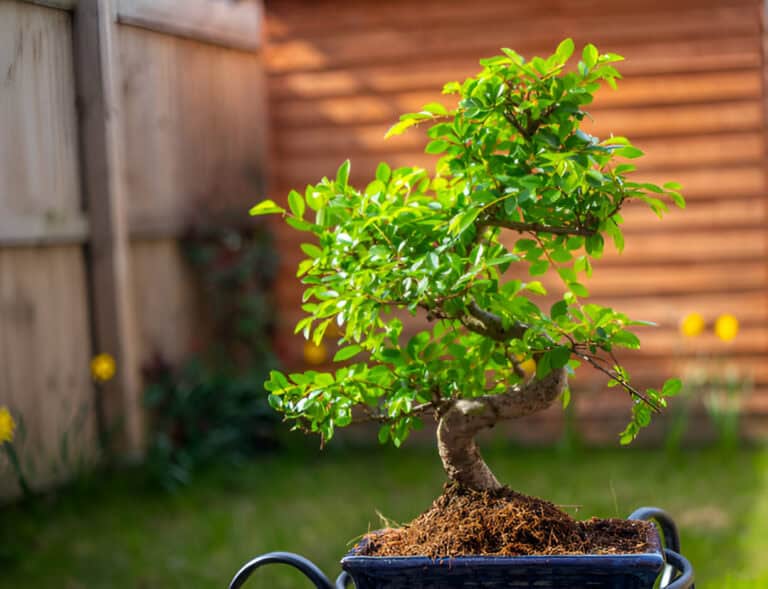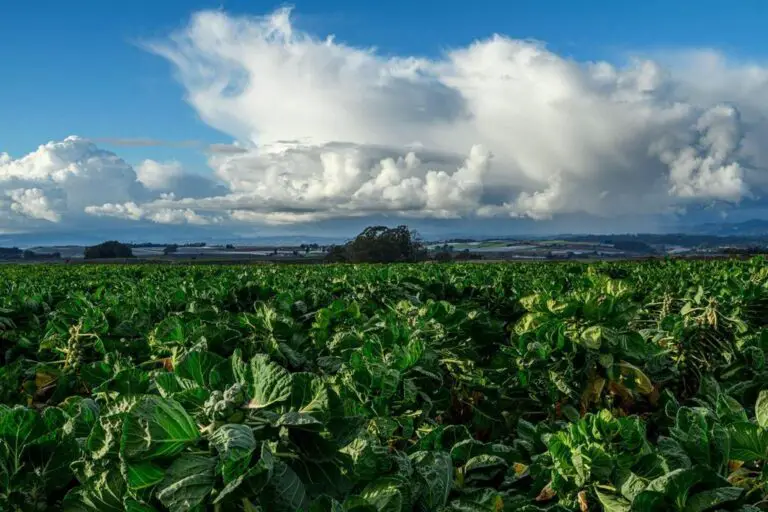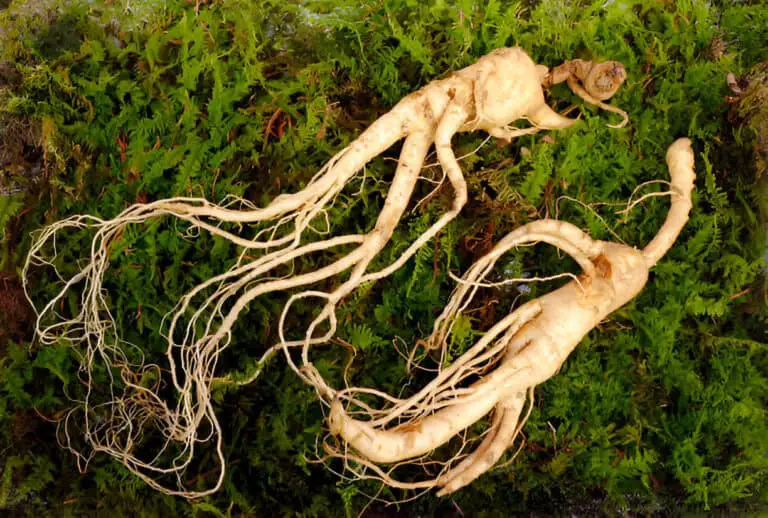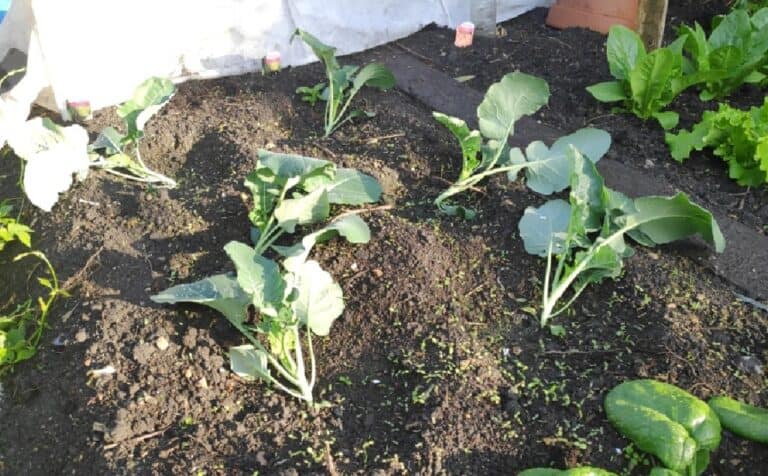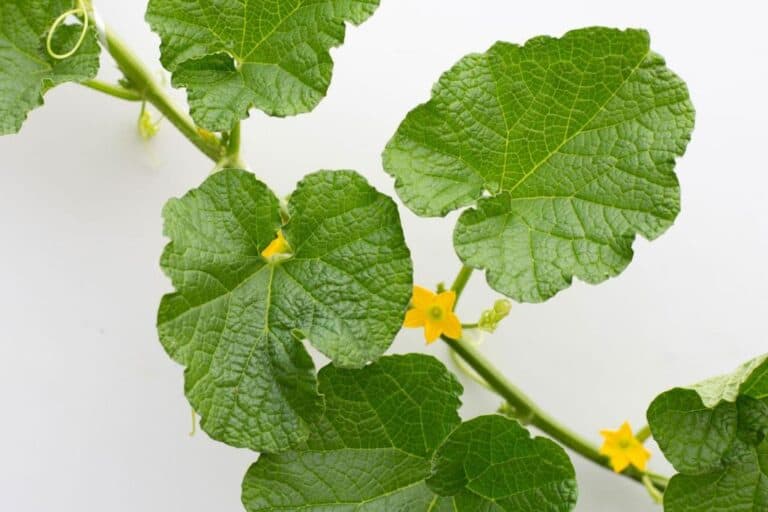Do Strawberry Seeds Need to Be Stratified? Strawberry Planting 101
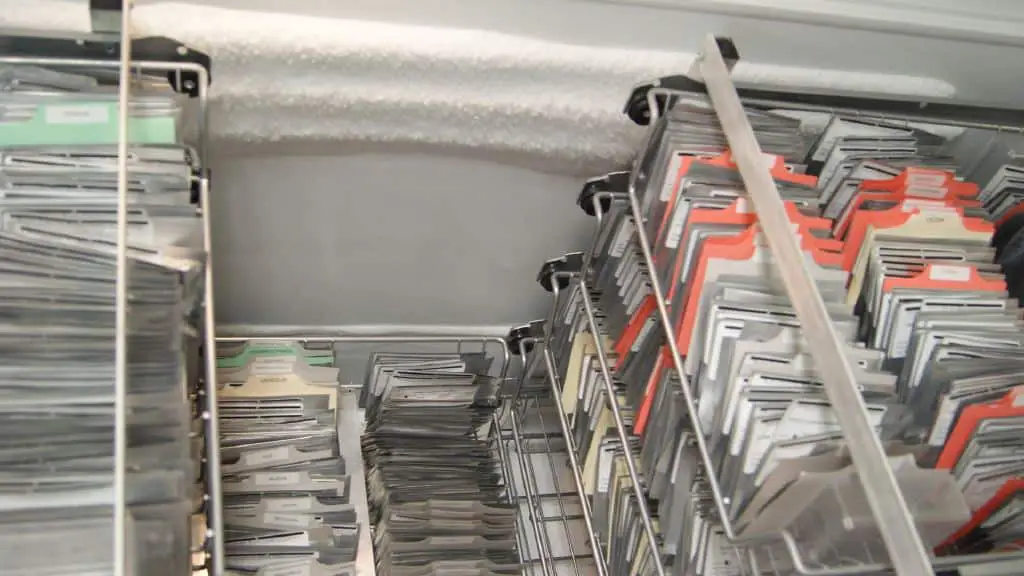
Strawberries are a great addition to any garden. They offer sweet, juicy fruits. The fruits are perfect for snacking, baking, and making jams. Growing strawberries from seeds can be rewarding. But, it involves specific steps to ensure successful germination and healthy plants.
One crucial step often discussed among gardeners is stratification. But do strawberry seeds need to be stratified? This is a guide. It covers the importance of stratification and how to stratify strawberry seeds. It also covers the benefits of stratification.
In this article, we’ll cover seed stratification. We’ll explore if it’s needed for strawberry seeds. And, we’ll discuss methods for good germination.
Understanding Strawberry Stratification

Stratification is a natural process that seeds undergo to break dormancy and prepare for germination. It involves exposing seeds to a period of cold. This simulates winter conditions in the wild.
This process helps seeds recognize that it is time to sprout when conditions become favorable in spring.
Why Stratify Strawberry Seeds?
Strawberry seeds, like many other plants from temperate climates, benefit from stratification. They do so for several reasons:
- Breaking Dormancy: Strawberry seeds have a natural dormancy period. It helps them avoid germinating in bad conditions. Stratification helps break this dormancy.
- Improving Germination Rates: Stratified seeds have higher and more even germination rates. This is compared to non-stratified seeds.
- Mimicking Natural Conditions: In nature, strawberry seeds would have cold winters. Then, they would sprout in spring. Stratification replicates this cycle.
How to Stratify Strawberry Seeds
Stratifying strawberry seeds is a straightforward process. Here’s a step-by-step guide:
1. Gathering Supplies
Before starting the stratification process, gather the following supplies:
- Strawberry seeds
- Damp paper towels
- Zip-lock bags
- Refrigerator
- Labeling materials (e.g., a permanent marker)
2. Preparing the Seeds
Begin by placing the strawberry seeds on a damp paper towel. Fold the paper towel over the seeds to ensure they are completely covered but not squished. The paper towel should be damp but not soaking wet to avoid mold growth.
3. Sealing the Seeds
Place the damp paper towel with seeds inside a zip-lock bag. Seal the bag tightly to maintain moisture levels. Label the bag with the date and the type of seeds for easy reference.
4. Refrigeration
Place the sealed bag in the refrigerator. The ideal temperature for stratification is between 32°F and 41°F (0°C to 5°C). Keep the seeds in the refrigerator for 2 to 4 weeks. This duration mimics the natural winter period and helps break the seeds’ dormancy.
5. Monitoring the Seeds
During the stratification period, check the seeds occasionally to ensure the paper towel remains damp. If it dries out, lightly mist it with water.
| Read: Drying Strawberry Seeds Guide for Future Planting |
Benefits of Stratifying Strawberry Seeds
Stratifying strawberry seeds has many benefits. It helps them germinate well and grow well.
1. Enhanced Germination Rates
Stratified seeds generally have higher germination rates. The cold treatment helps signal to the seeds that it is time to sprout, leading to more seedlings.
2. Uniform Germination
Seeds that undergo stratification tend to germinate more uniformly. This means you will have a more even spread of seedlings, making it easier to manage and transplant them.
3. Stronger Plants
Stratified seeds often produce stronger and healthier plants. The cold treatment helps mimic natural conditions, preparing the seeds for optimal growth.
Alternative Methods to Stratify Strawberry Seeds
The refrigerator method is common. But, there are other ways to stratify strawberry seeds:
1. Outdoor Stratification
If you prefer a more natural approach, you can stratify seeds outdoors. Place the seeds in a damp paper towel, seal them in a zip-lock bag, and bury the bag in a shallow hole in your garden during winter. This method uses natural winter temperatures to stratify the seeds.
2. Cold Water Soak
Another method involves soaking the seeds in cold water for 24 to 48 hours before planting. This can help soften the seed coat and encourage germination without a lengthy stratification period.
| Related: Strawberry Seed Beetles: Proven Removal Methods |
Planting Stratified Strawberry Seeds
After the stratification period, it’s time to plant the strawberry seeds. Follow these steps for successful planting:
1. Soil Preparation
Use a well-draining, sterile seed-starting mix. Fill small pots or seed trays with the mix, ensuring it is evenly moist.
2. Sowing the Seeds
Scatter the stratified seeds on the surface of the soil. Lightly press them down but do not cover them with soil, as strawberry seeds need light to germinate.
3. Providing Optimal Conditions
Place the pots or trays in a bright location with indirect light. Maintain a temperature of 60-75°F (15-24°C). Keep the soil consistently moist but not waterlogged.
4. Germination
Strawberry seeds typically germinate within 2-3 weeks. Once seedlings appear, provide adequate light and maintain proper moisture levels.
| Read: Zone 6 Strawberry Seed Starting Guide |
Transplanting Seedlings
When the seedlings have developed several true leaves, they are ready to be transplanted outdoors. Follow these steps for successful transplantation:
1. Hardening Off
Acclimate the seedlings to outdoor conditions by placing them outside for a few hours each day. Increase the time over a week.
2. Selecting a Site
Choose a sunny location with well-draining soil. Strawberries prefer slightly acidic soil with a pH of 5.5 to 6.8.
3. Transplanting
Space the seedlings 12-18 inches apart to allow for growth. Transplant them at the same depth they were growing in their containers. Water them well after planting.
Summary Table: Strawberry Seed Stratification Process
| Step | Description |
| Gather Supplies | Seeds, damp paper towels, zip-lock bags, refrigerator |
| Prepare Seeds | Place seeds on damp paper towel, fold, and seal in bag |
| Refrigeration | Store at 32°F to 41°F (0°C to 5°C) for 2-4 weeks |
| Monitor Seeds | Check moisture levels, mist if necessary |
| Planting | Use well-draining soil, scatter seeds, and provide light and moisture |
| Germination | Expect seedlings in 2-3 weeks, maintain optimal conditions |
| Transplanting | Harden off, choose sunny location, and space 12-18 inches apart |
Conclusion
Stratifying strawberry seeds is simple but effective. It greatly boosts strawberry seeds germination rates and promotes plant health. Stratification mimics winter conditions. It breaks seed dormancy and ensures gardening success.
You can stratify seeds in the fridge, outdoors, or with a cold water soak. The effort you put in will be rewarded with vibrant, fruitful strawberry plants. Happy gardening!
FAQs
Is Stratification Necessary for All Strawberry Seeds?
Stratification helps most strawberry seeds. But, some commercial varieties may not need it. Always check the seed packet for specific instructions.
Can I Skip Stratification?
Skipping stratification may result in lower germination rates and uneven seedling growth. To maximize your chances of success, it is recommended to stratify strawberry seeds.
What if I Accidentally Stratify for Too Long?
Stratifying for a bit longer than recommended usually does not harm the seeds. However, excessively prolonged stratification might decrease germination rates. Aim for the recommended 2 to 4 weeks.


